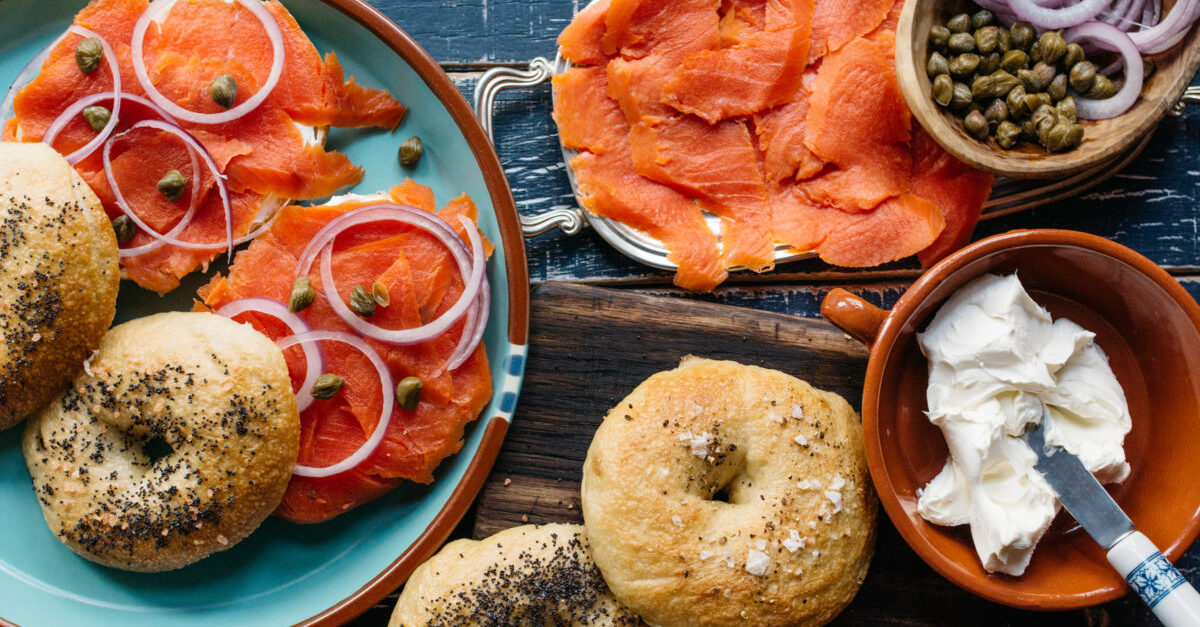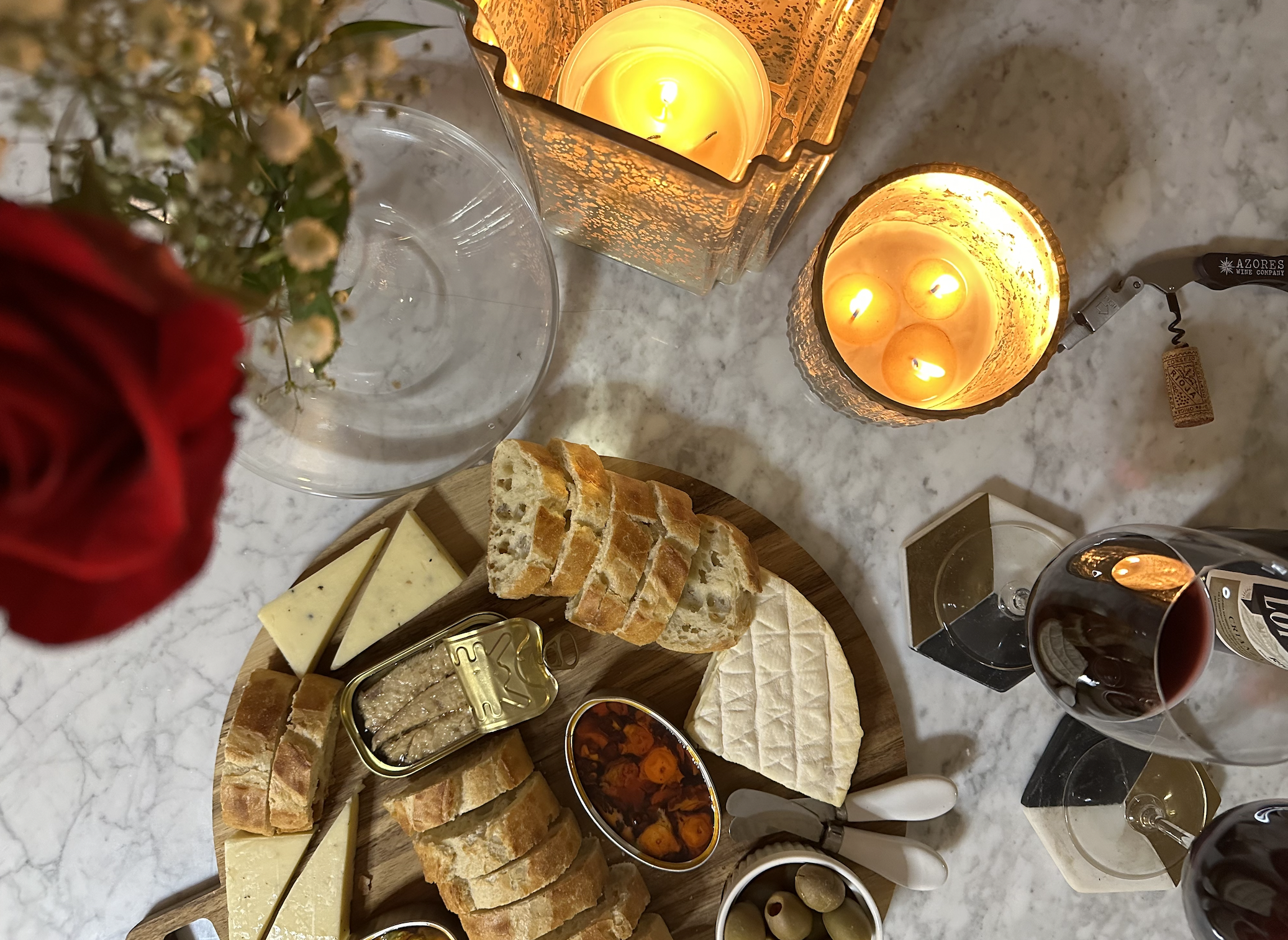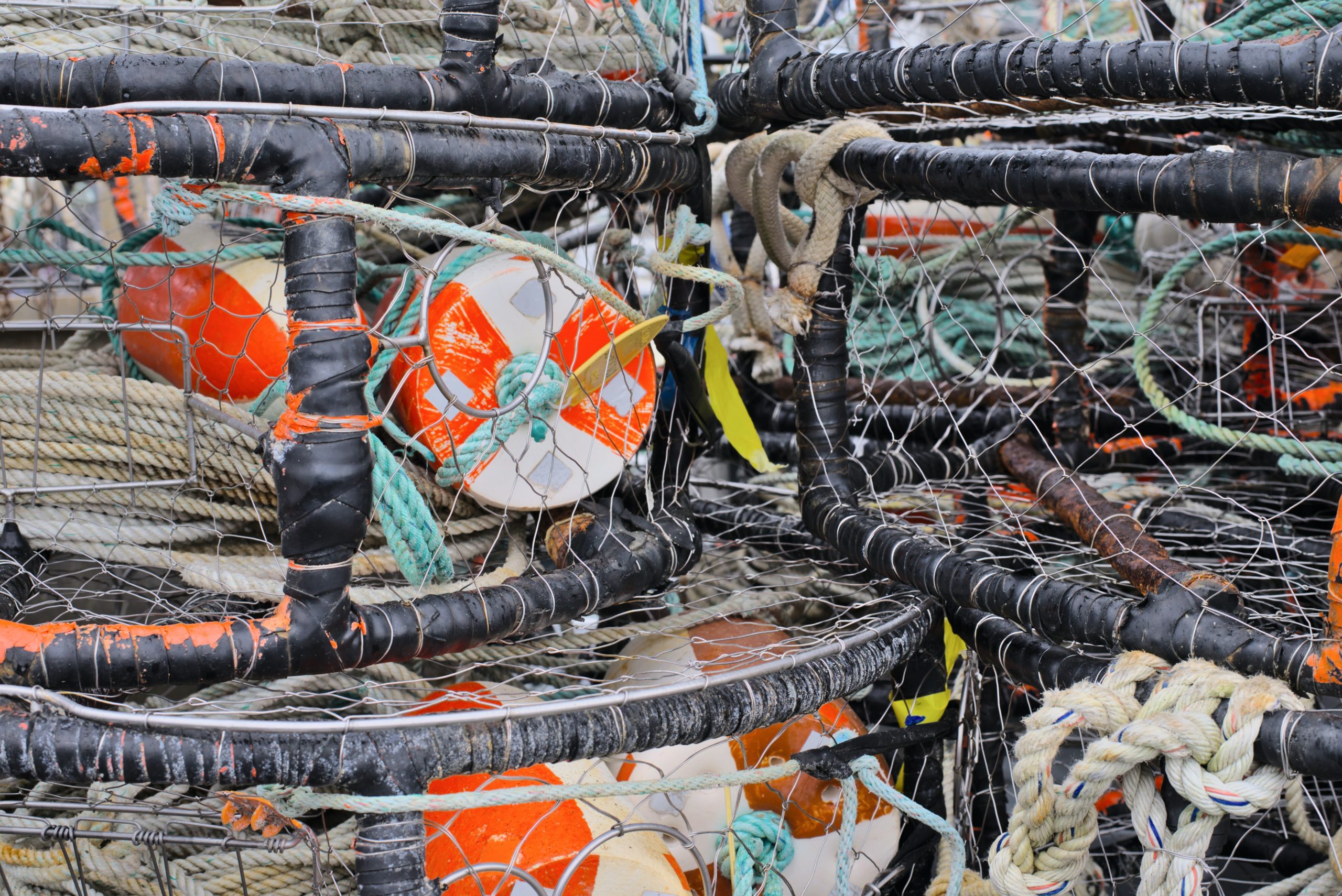
Fishing Gear Types & Sustainability
Have you ever wondered exactly how your seafood is harvested?
There are many different ways to harvest wild seafood and each way plays a significant role in the sustainability of our seafood. Gear selection also plays a major role in determining the cost and efficiency of a fishery.
Here’s an explanation of the main types of fishing gear used in commercial fisheries today and some of their sustainability implications and impact on the marine environment.
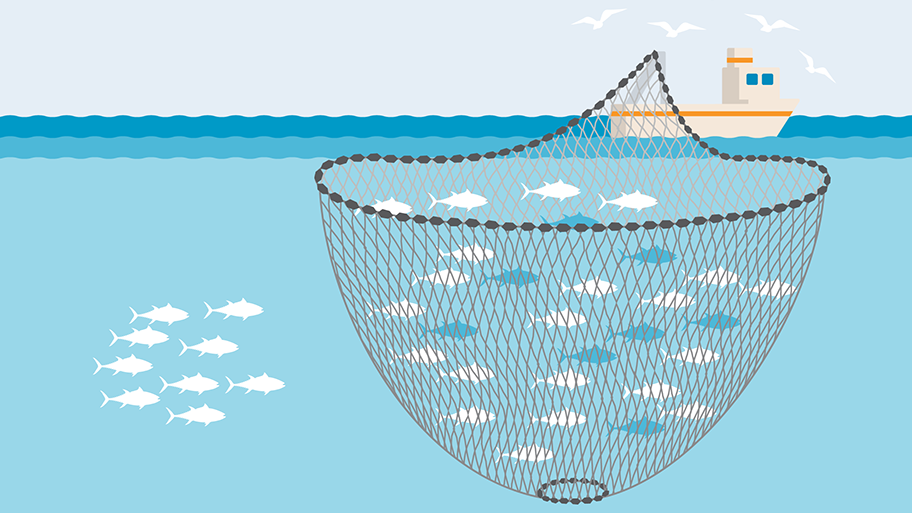
Purse Seine
This is the most common way that fish are caught. In this method, nets placed in the water surround a school of fish. A purse seine then draws the bottom of the net in, to capture all the fish inside. Because purse seining targets a particular school of fish after it has been located, bycatch is low. However, some boats will deploy floating objects to attract fish. These fish aggregating devices (FADs) make seining easier but they also attract other marine life and bycatch is higher.
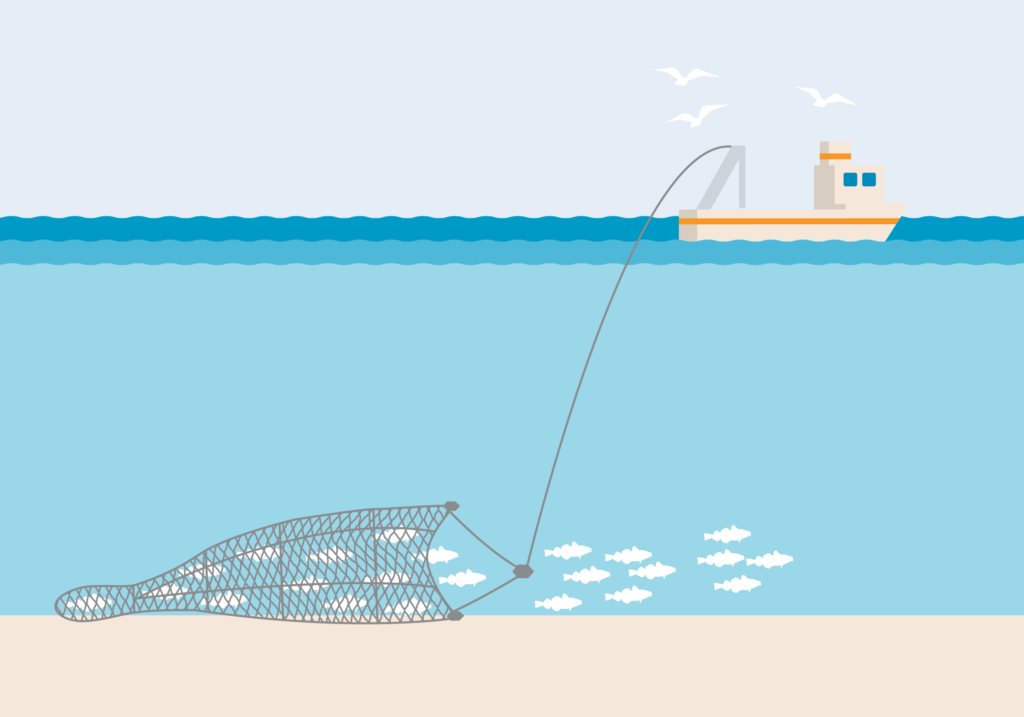
Trawling
Trawls are large nets that are dragged through the ocean behind a boat. There are two types: midwater and bottom. Midwater trawls are dragged through the water column. Bottom trawls are weighed down nets that are dragged along the ocean floor. The main environmental concern with bottom trawls is habitat destruction. Good fishery management ensures that bottom trawling is done in sustainable areas and not in places with irreplaceable habitat.
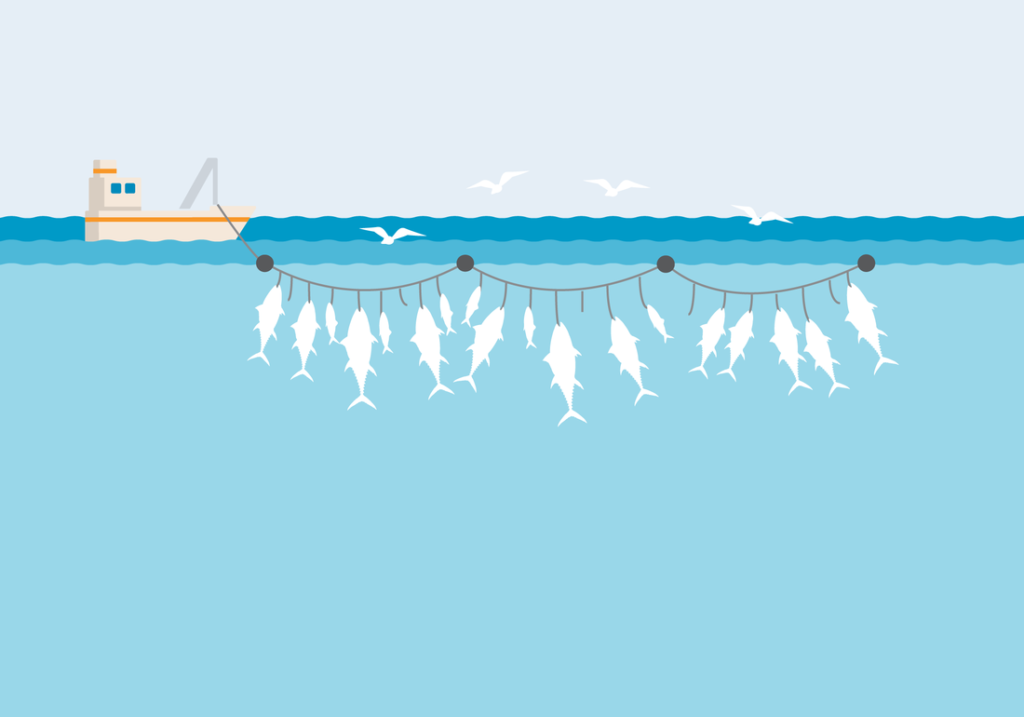
Longline
Longlines are very long fishing lines that have a hook every few feet. They can be many miles long. They can be placed right at the surface or deeper in the water column. Bycatch in longline fisheries is highly variable depending on its location and management measures. Issues in longlining are more common in fisheries close to the surface where seabirds, sharks, and turtles get caught eating baited hooks.
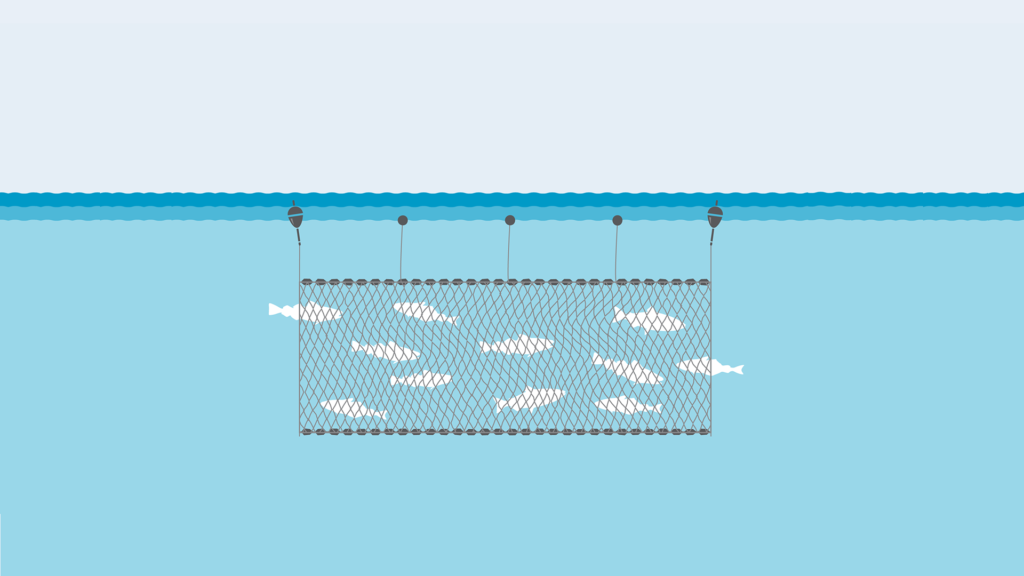
Gillnet
Gillnets are essentially large nets set up like a wall in the ocean. They generally result in high levels of bycatch and as a result, their use has been declining. However, gillnets can be sustainable in some cases. For example, in salmon fisheries. Salmon gather at “choke points” that can be walled off using gillnets without affecting other species.
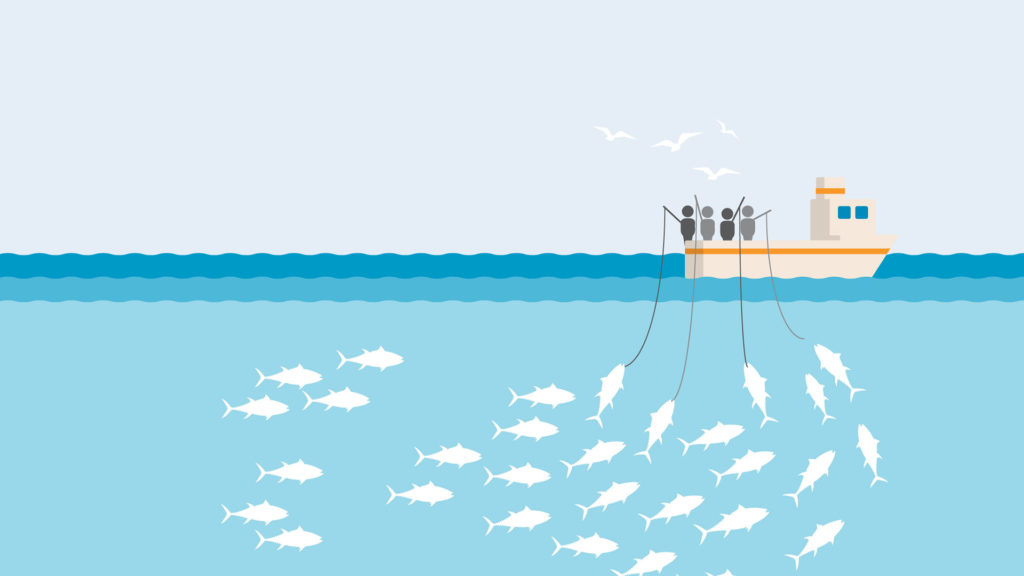
Pole and Line
Pole and line is one of the most sustainable fishing methods. It literally means one hook to one fishing line. Fish are pulled out of the water one at a time, resulting in little bycatch or impact to the ecosystem. I highly recommend buying pole and line caught tuna whenever possible.
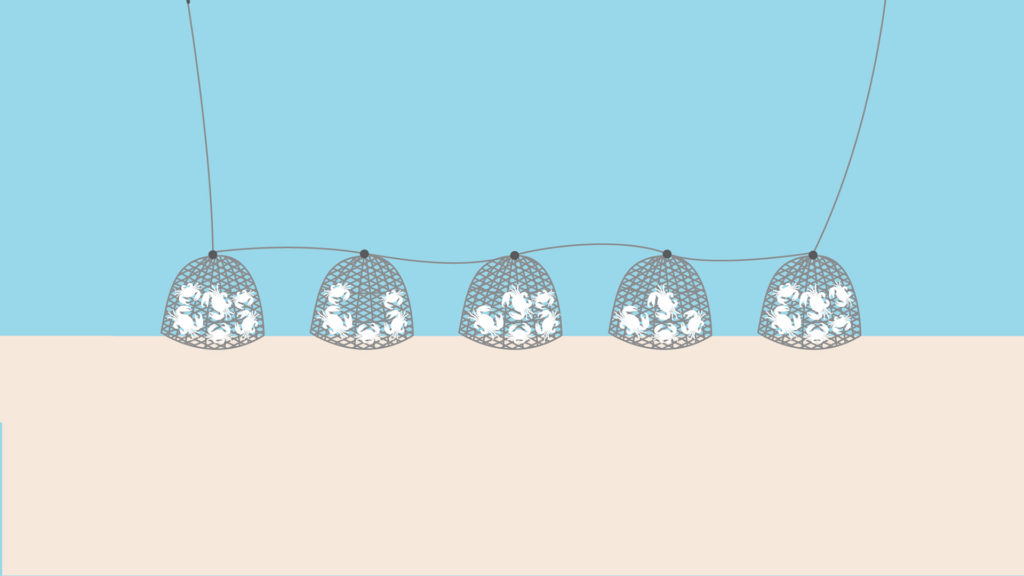
Pots and Traps
Pots and traps are mainly used to catch crab and lobster. They are dropped to the bottom with bait to attract lobsters and crabs, who become trapped once they crawl inside. This is a relatively low-impact gear type that results in little bycatch or damage to the ecosystem. However, sometimes traps and pots get swept away or fishermen forget where they set their traps. This has led to some entanglements with marine life.
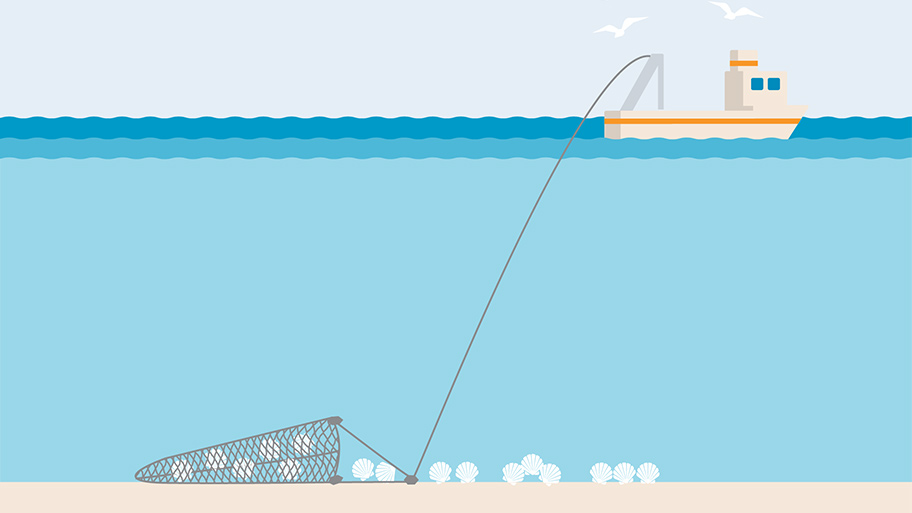
Dredging
Dredging is similar to bottom trawling, but instead of a net, a metal rake of sorts is dragged across the bottom to collect shellfish and bivalves buried along the ocean floor. Dredging is primarily used to catch scallops, mussels, and clams. Similar to bottom trawling, good fishery management ensures dredging is done in sustainable areas and not in places with irreplaceable habitat.
Other Gear Types
There are also a couple other less common gear types used to harvest fish, including diving and grappling devices like harpoons.
Some commercial fisheries like sea cucumber and sea urchin are fished by divers. These are usually very sustainable as fish are harvested one at a time by divers with spear guns. Similarly, many Canadian Indigenous fisheries harvest swordfish or salmon one at a time using harpoons or arrows.


